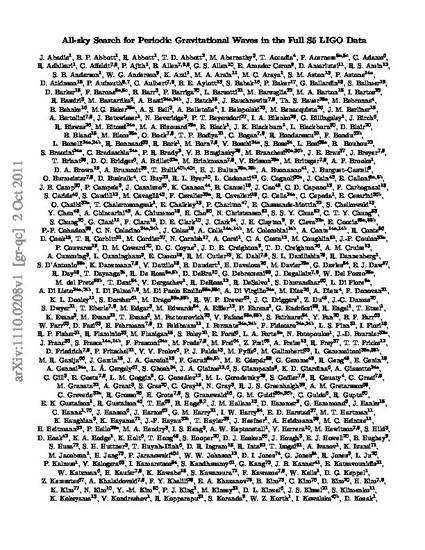
We report on an all-sky search for periodic gravitational waves in the frequency band 50-800Hz and with the frequency time derivative in the range of 0 through -6×10-9Hz/s. Such a signal could be produced by a nearby spinning and slightly nonaxisymmetric isolated neutron star in our Galaxy. After recent improvements in the search program that yielded a 10× increase in computational efficiency, we have searched in two years of data collected during LIGO's fifth science run and have obtained the most sensitive all-sky upper limits on gravitational-wave strain to date. Near 150Hz our upper limit on worst-case linearly polarized strain amplitude h0 is 1×10-24, while at the high end of our frequency range we achieve a worst-case upper limit of 3.8×10-24 for all polarizations and sky locations. These results constitute a factor of 2 improvement upon previously published data. A new detection pipeline utilizing a loosely coherent algorithm was able to follow up weaker outliers, increasing the volume of space where signals can be detected by a factor of 10, but has not revealed any gravitational-wave signals. The pipeline has been tested for robustness with respect to deviations from the model of an isolated neutron star, such as caused by a low-mass or long-period binary companion. © 2012 American Physical Society.
Available at: http://works.bepress.com/tiffany_summerscales/155/
